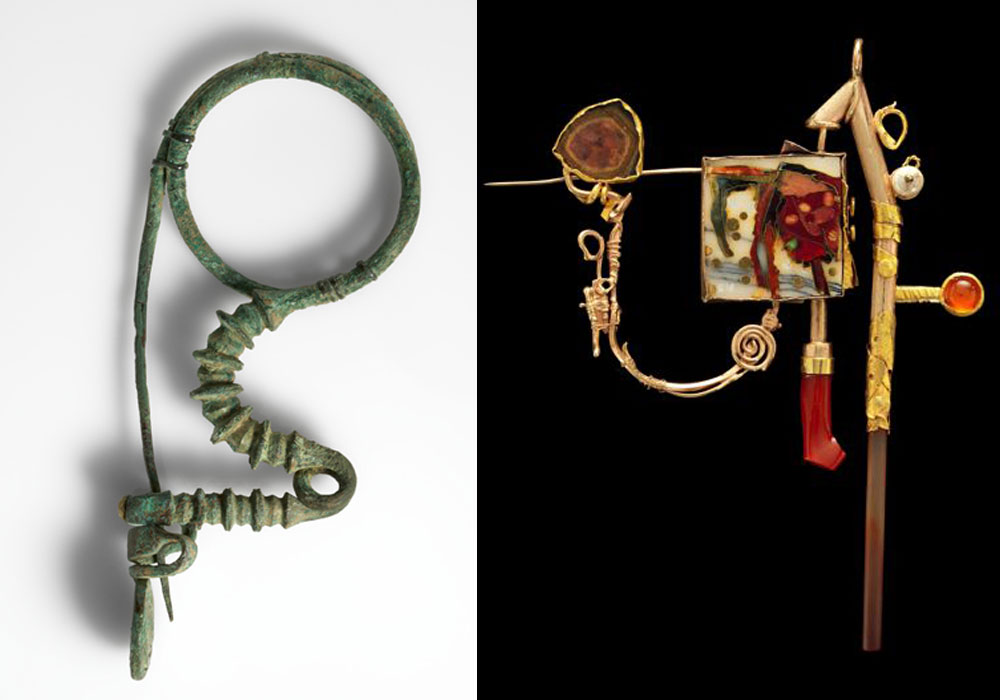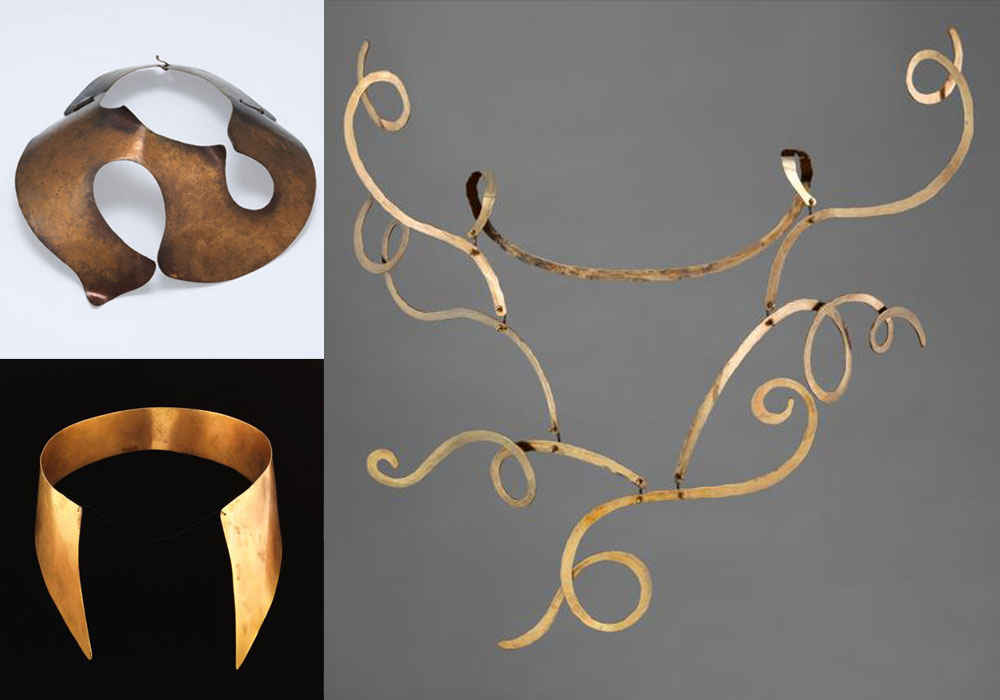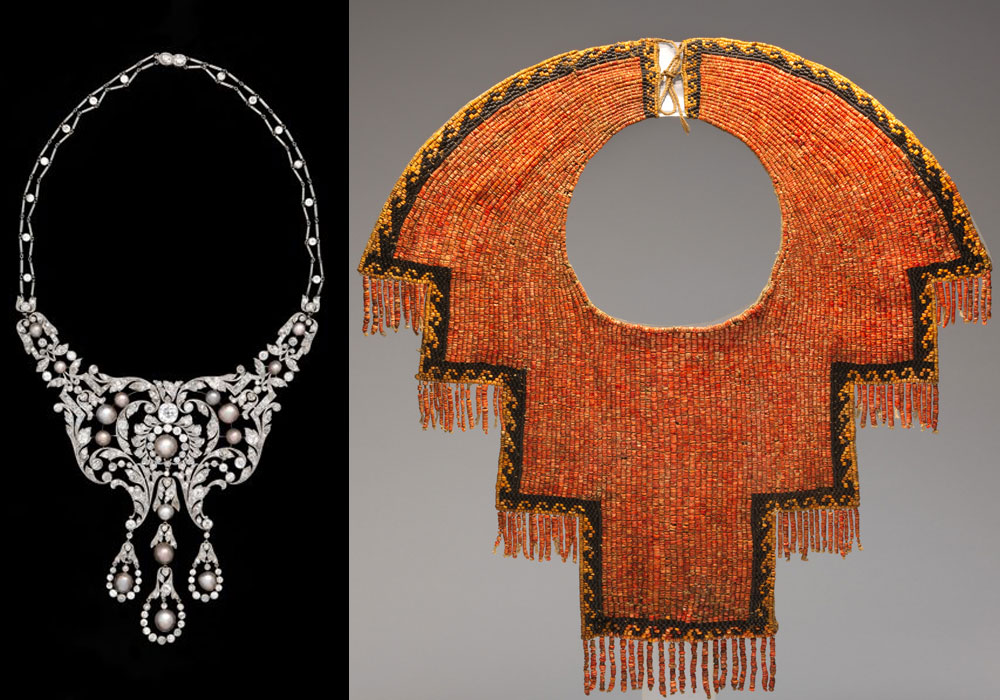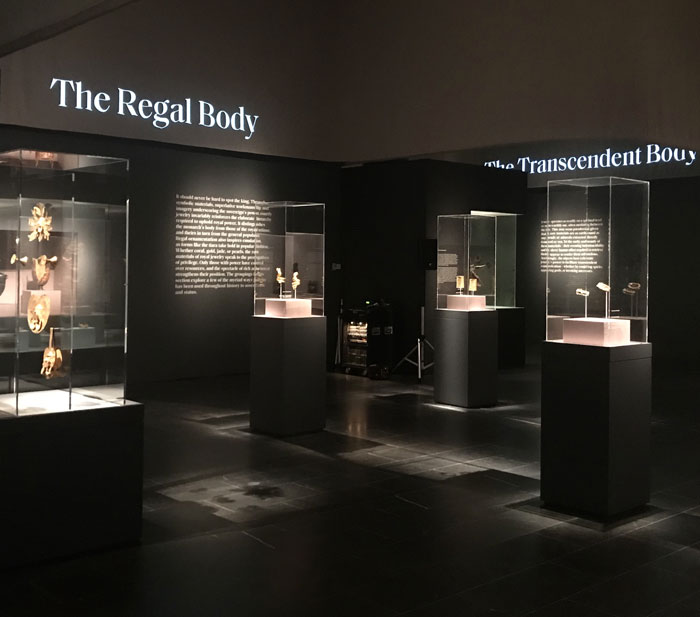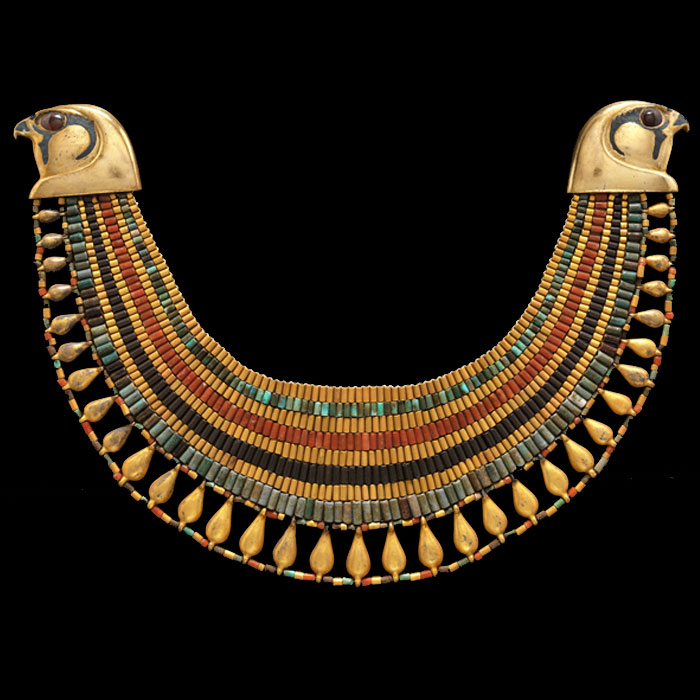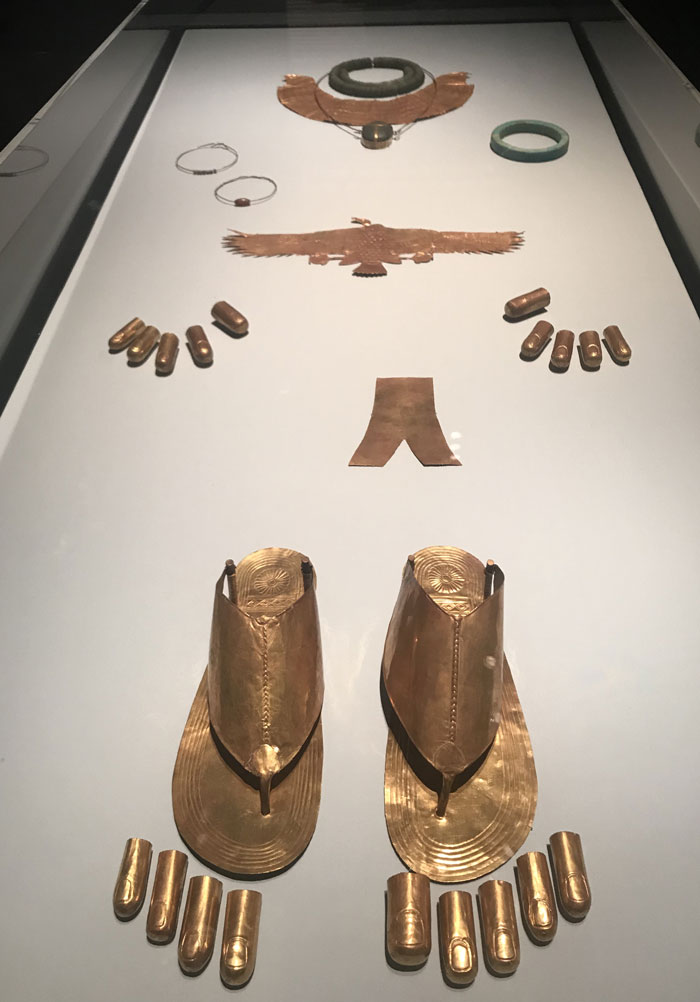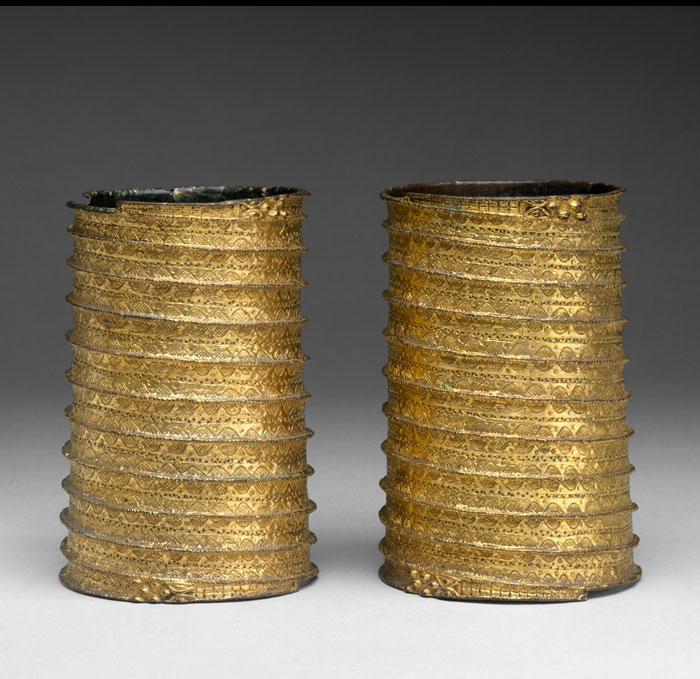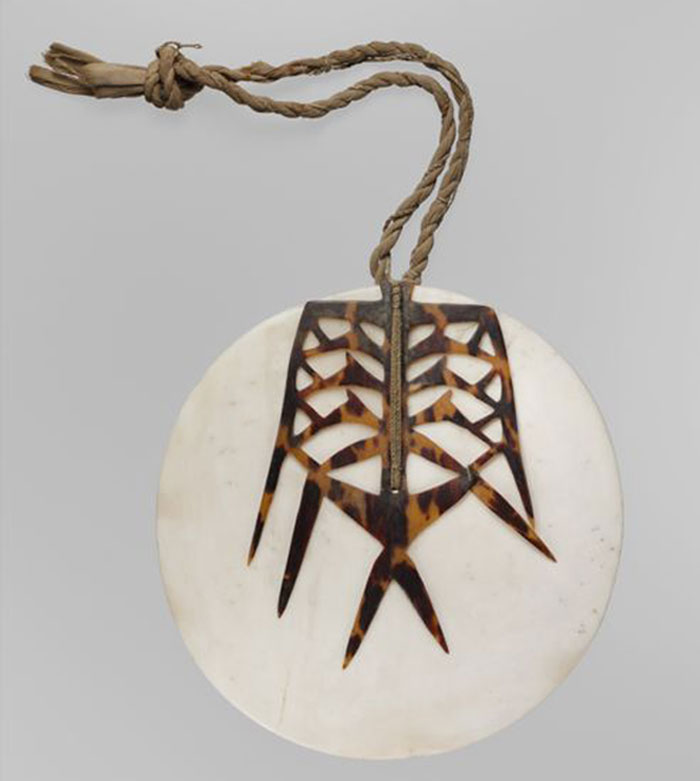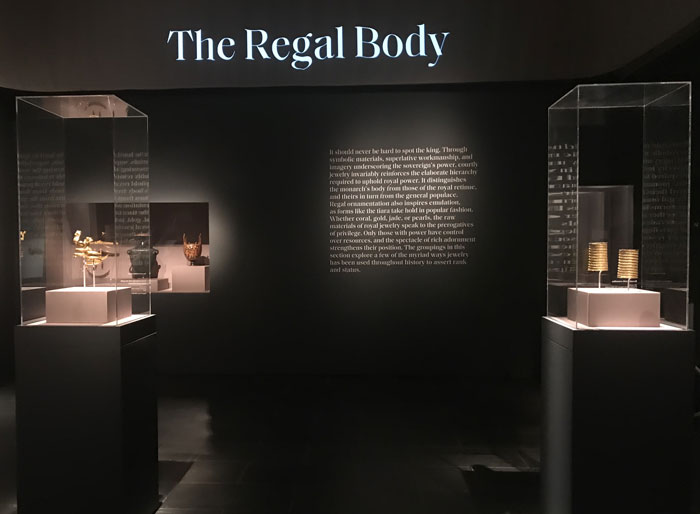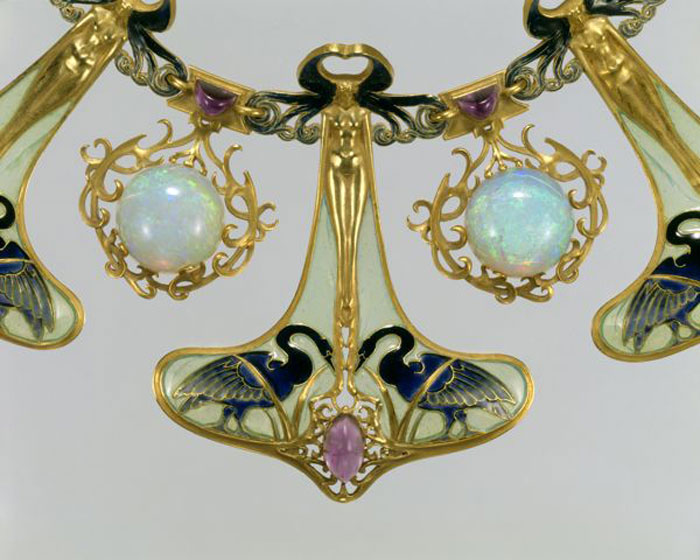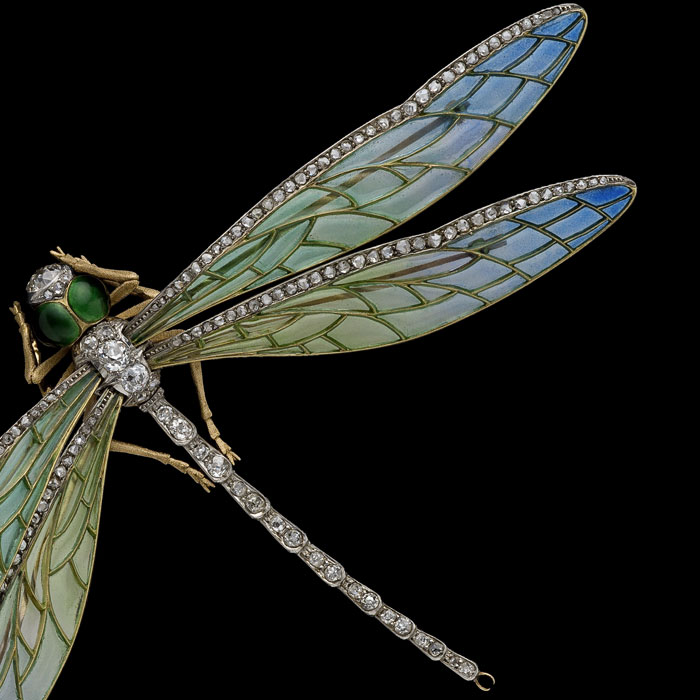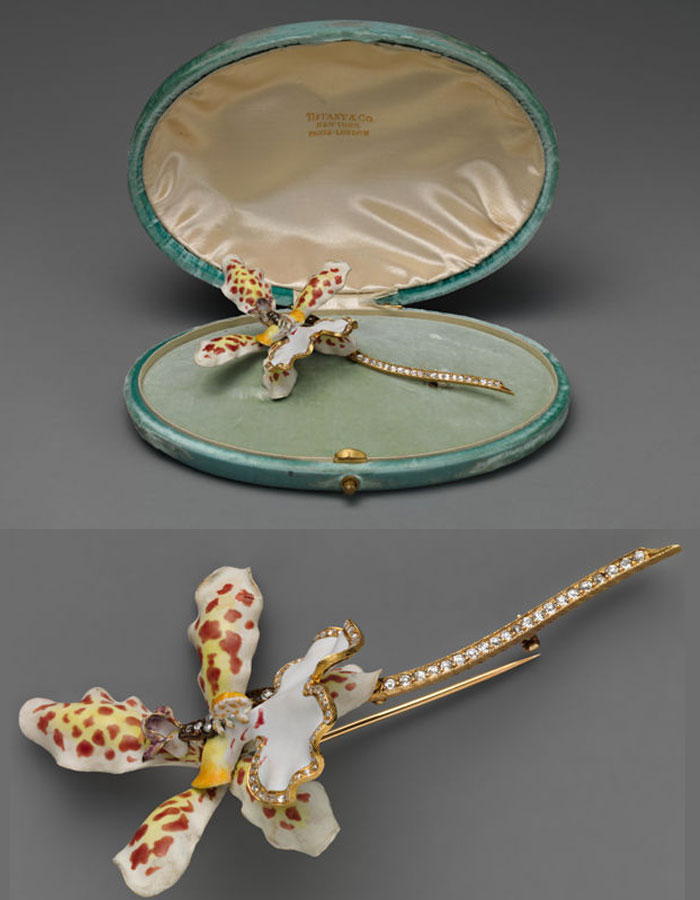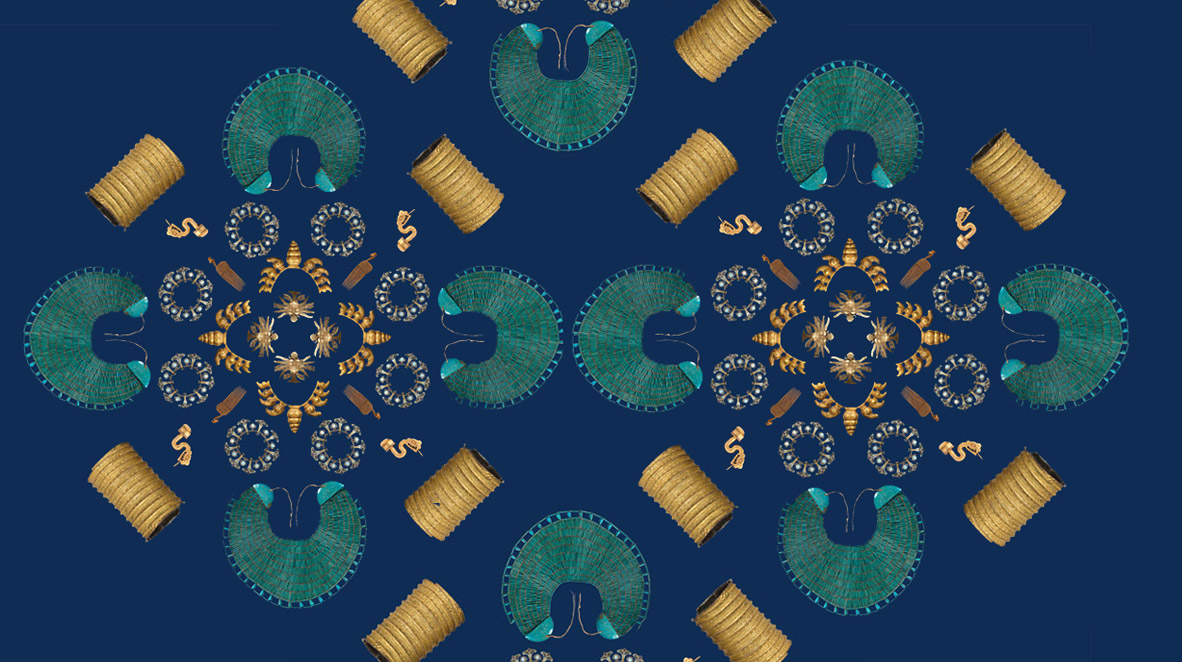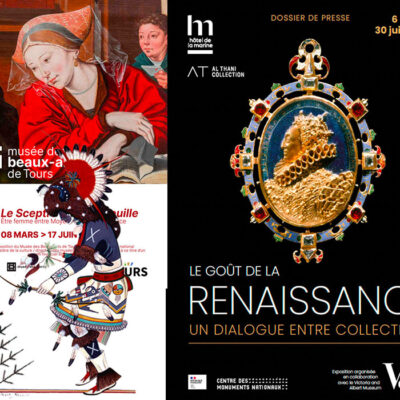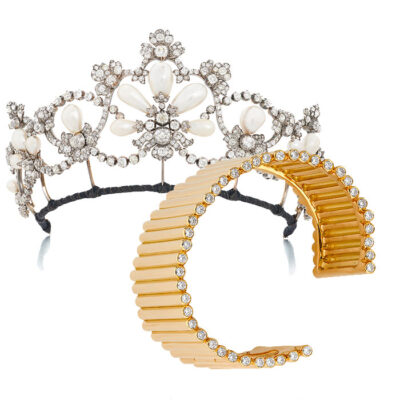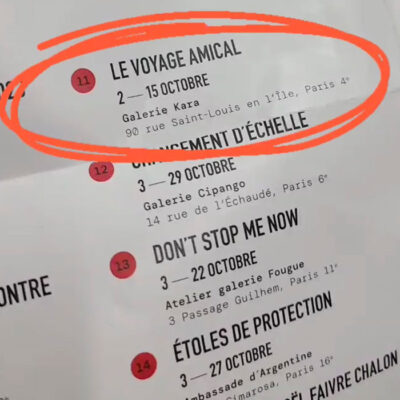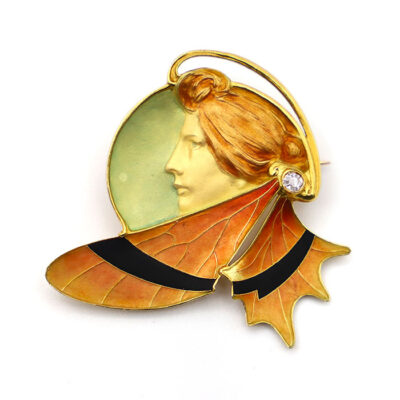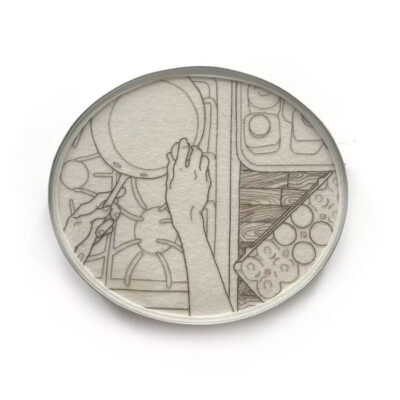My agenda
14 November 2018
Share
“The Body Transformed” at the Met
In the exhibition “The Body Transformed”, six curators have gathered 230 pieces of jewelry and objects usually scattered throughout the four corners of this immense museum. The exercise consisted in presenting them in a meaningful way.
The angle is not chronological but organized around themes: “The Body Adorned”, “The Body Divine”, “The Body Resplendent”, etc. “The relationship of the jewel to the body is not only captured through the jewellery itself but also through paintings, sculptures, and photographs from the museum’s 17 departments: weapons and armor, European painting, Asian arts, Egyptian antiquities, etc “, explains Mélanie Holcomb, curator of the Medieval Art department, in charge of the catalogue.
Confrontations and juxtapositions
The main interest of “The Body Transformed” lies in the juxtaposition of jewelry that is remote in time and space. A series of 13th and 20th century brooches highlight the universality of the circle. The hair wig of an ancient princess wearing a Chinese cap from the Ming dynasty and an Indian tiara reveal the different functionalities of the head ornament. As the Met is not dedicated to jewelry, the itinerary is not exhaustive and includes certain gaps in terms of specific periods (such as the Middle Ages and the Renaissance) or names (Van Cleef & Arpels).
Ancient Egypt
The highlight of the exhibition: jewelry from the Egyptian Art department, one of the most beautiful in the world. “For the first time, we arranged the funeral ornaments from head to toe, on an imaginary body,” explains Diana Craig Patch in charge of this department. Rows of pearls are followed by a breastplate, a scarab pendant, a belt and sandals with gold toe covers, the colour of the flesh of the gods. In the adjacent windows, there is a tiara adorned with suede and rose heads, a breastplate formed by rows of multicolored earthenware pearls and Princess Sithathoryunet’s breastplate made up of 372 small precious stone elements and gold falcon heads. Breathtaking.
Africa and Oceania
Papua New Guinea, Solomon Islands, Ivory Coast. etc. The pieces from Africa and Oceania are the most numerous in this exhibition. What is striking is the modernity of the forms. The perfectly round shell pendants with totemic turtle shell motifs. The pair of 17th century pure gold cuffs from Benin, formed by an endless spiral ending in a crocodile head. The materials, on the other hand, are intensely poetic: feathers, wood, walrus ivory, tortoiseshell.
Great French names – and absentees
From Lucien Falize with his enamel message bracelet to Georges Fouquet with his jade brooch featuring a Chinese mask. Most of the pieces date from the Art Nouveau period. Two are by Lucien Gaillard and Boucheron including a delicate pin-dragonfly with a slender body and delicate folded and updated enamel wings. The exhibition gives a special place to René Lalique with a magnificent opal and amethyst necklace, brooches and a pair of opera glasses. As for other great French jewelers, only Cartier is featured with a pearl necklace on loan from the Smithsonian, the only object that is not part of the Met collections.
Americans to be discovered
The exhibition presents several pieces of jewelry by Tiffany&Co, THE American jeweler, including the magnificent enamelled orchid brooch, an absolute reference in the naturalistic representation of this flower. Not far from this wondrous creation is the monochrome moonstone and sapphire necklace. Alexandre Calder is featured, just like the African-American Art Smith and a few contemporaries: Sam Kramer or Daniel Brush with his torque in engraved aluminium set with diamonds. On the other hand, fans of the native American style risk disappointment: there are no pieces from the Hopi and Navajo tribes. I would have loved to see Charles Loloma there….
“The Body Transformed” until 24th February 2019 at the Met
Donors, please take note !
Related articles
Kazumi Arikawa, President of Albion Art
The jewelry of Ancient Egypt at the MET


